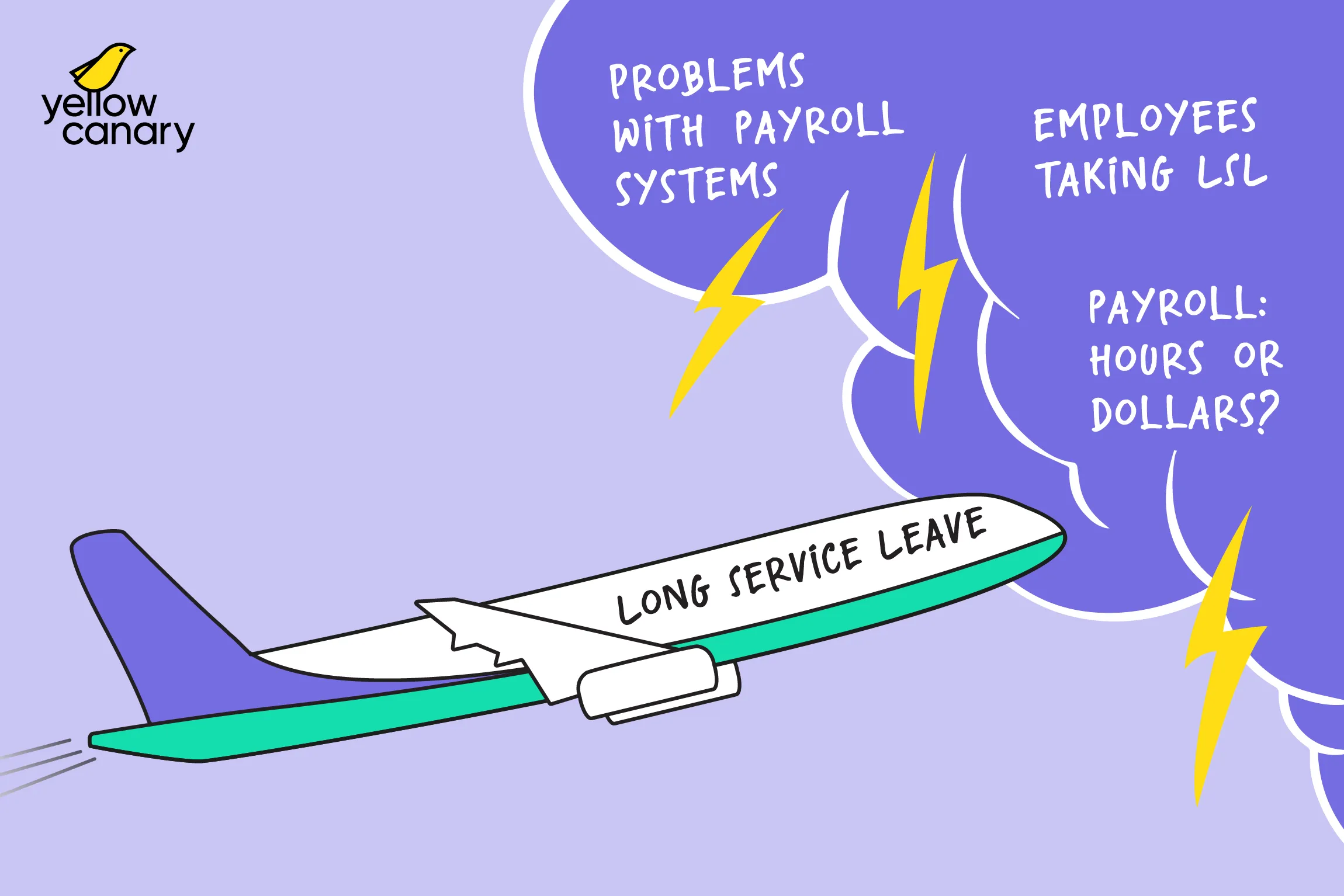Long service leave (LSL) calculations are complex. Compliance relies upon interactions between industrial instruments (awards and EAs), the National Employment Standards (NES), and state-based legislation. Often the onus is on payroll staff to source this information themselves and interpret the competing expectations.
Our two-part series is all about helping employers to understand the complexities of LSL. We want you to feel more confident identifying common gaps when assessing LSL compliance, as well as the key pieces of legislation guiding this process.
For permanent employees with consistent hours, LSL is not all that different to an annual leave or personal leave entitlement accrual. However, the complexity lies where there is variation in hours, in shift patterns, or employment types throughout an employee’s tenure.
Employees taking LSL
Milestones that define when an employee is eligible to take their long service leave vary from state to state – it could be 7 or 10 years. There are more variables to consider on top of the key eligibility date – if LSL continues to accrue, or if employees must hit another employment milestone to acquire more leave. If an employee resigns or is made redundant can change the payments owed, too.
Payroll: Hours vs. value
LSL is accrued in weeks as opposed to hours, giving the entitlement a value sum. This means that most payroll systems are not able to have an accurate accrual. Instead, there is an estimation of the equivalent hours to ensure a balance is reflected in accounting systems and for employees to gauge their entitlements.
The value of this LSL is then calculated using averages of earnings over different milestones and uses various aspects of an employee's pay. How is this complex sum calculated? It’s based on an employee’s state, or most likely the state in which they are employed in at the time, but let’s not get into the weeds of this for now!
Problems with payroll systems
Payroll and accounting systems need to hold a value for LSL entitlements and the current systems on the market vary in accuracy for this. To add to this, the value of these individual entitlements can change dramatically during an employee’s lifecycle. The complexity lies in the calculations that need to be dynamic for compliance balanced against businesses needing values and balances for reporting purposes to ensure entitlements are accurately reflected.
For employers who have yet to assess their organisation’s LSL compliance, the time to do so is now. Whether you engage with solutions such as ours, or simply begin examining how well equipped your teams are to handle your organisation’s LSL compliance risk, those who take action will find themselves in a significantly more secure position in the future.
Check out part 2 of the complexities of Long Service Leave to understand the complex relationship between LSL and employment agreements, and differences between state-based LSL legislations.
*Yellow Canary content on this website is intended solely for the purpose of offering commentary and general knowledge. The content is not intended to constitute legal advice. You should seek legal or other professional advice before acting or relying on any of the content.





